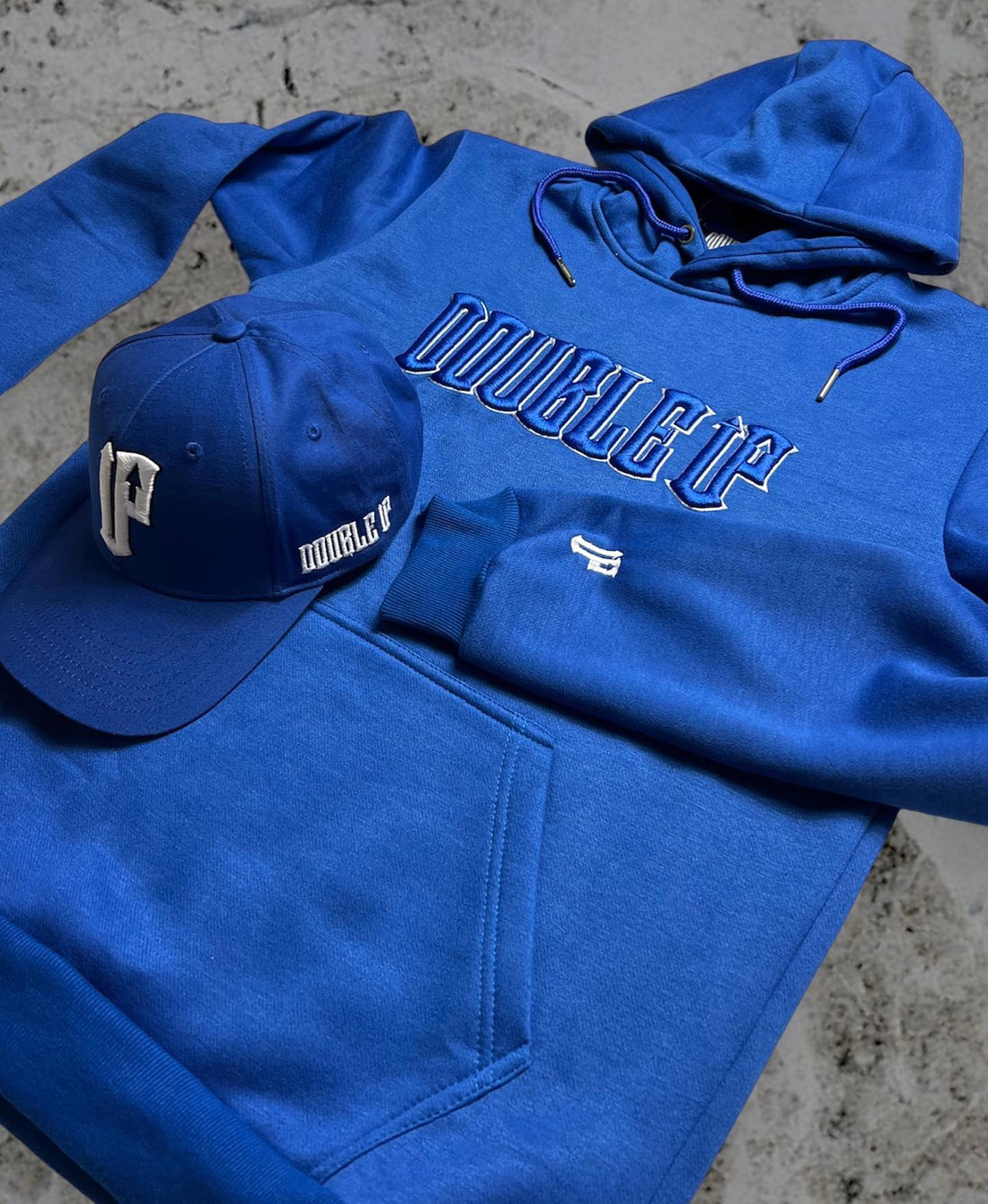
News
Why Is Streetwear So Popular Now?
Why Is Streetwear So Popular Now?
Discover why streetwear has gone from underground subculture to the dominant style.
Quick Answer: Streetwear has become mainstream due to its comfort, versatility, affordability, and association with desirable lifestyles, as well as the influence of social media and collaborations with luxury brands.
Key Takeaways:
- Streetwear allows for individual expression with bold graphics, unique collabs, and comfy, versatile items that can be dressed up or down.
- The hype around limited drops and collabs with music and sports icons, combined with the affordability compared to high fashion, has made streetwear increasingly popular.
- Streetwear has made a major impact on the fashion world, influencing luxury brands, spawning its own fashion weeks, and constantly evolving with new designers and sustainable practices.
The Origins of Streetwear in Hip-Hop and Skateboarding Culture
Streetwear has its roots firmly planted in the hip-hop and skateboarding scenes of the 1970s and 80s. Brands like Stüssy and Mossimo were early pioneers, gaining popularity among skaters and surfers who appreciated their laid-back, DIY aesthetic. At the same time, hip-hop artists like Run-DMC and LL Cool J were putting streetwear brands like Adidas and Kangol on the map, introducing them to a wider audience.
As these subcultures grew, so did the streetwear industry. By the 1990s, the global hip-hop market was worth an estimated $10 billion, while the skateboarding industry was pulling in around $1.4 billion annually. These figures demonstrate the incredible influence that these scenes had on youth culture and fashion during this period.
The Influence of British Streetwear Brands and Style
In recent years, British streetwear brands have had a major impact on the global scene. Labels like Corteiz RTW, Maharishi, and Palace have helped to define the modern streetwear aesthetic, with their bold graphics, oversized silhouettes, and unique nods to British culture.
The influence of British grime music on streetwear style cannot be overstated. Artists like JME, and Kano have become fashion icons in their own right, often seen sporting the latest streetwear designs on stage and in their music videos.
British streetwear brands have also been quick to collaborate with international labels and retailers. Palace has teamed up with the likes of Reebok and Adidas, while Trapstar has worked with Puma and Selfridges. These partnerships have helped to spread the influence of British streetwear around the world.

The Role of Social Media in Spreading Streetwear Trends
Social media has played a huge role in the rise of streetwear, allowing trends to spread faster than ever before. Social Platforms have become virtual runways, with influencers and celebrities showcasing their latest streetwear looks to millions of followers while being paid and unpaid for it.
Brands have been quick to leverage the power of social media, using it to build hype around new product drops and collaborations. A single Instagram post from a top streetwear influencer can generate thousands of likes and comments, helping to drive sales and build brand awareness.
To put the influence of social media into perspective, consider this: the top streetwear brand on Instagram, Supreme, has over 13 million followers. That's more than the population of Belgium!
The Crossover of Streetwear into High Fashion
In recent years, we've seen a major crossover between streetwear and high fashion. Luxury brands like Gucci, Tiffanys, and Balenciaga have all collaborated with streetwear labels, incorporating elements of streetwear style into their collections.
This crossover has helped to legitimize streetwear as a serious fashion category, introducing it to a new audience of luxury consumers. It has also pushed the boundaries of what is considered "high fashion", with sneakers and hoodies now appearing on the runways of the major fashion houses.
The Globalisation of Streetwear Culture
Streetwear is no longer just a Western phenomenon. In recent years, we've seen the rise of streetwear brands and trends from all corners of the globe, each bringing their own unique cultural influences to the table.
In Japan, brands like Neighborhood have become international streetwear icons, known for their bold designs and high-quality craftsmanship. Meanwhile, in South Africa, brands like Loxion Kulca and Amakipkip have been putting their own spin on streetwear, incorporating elements of township style and traditional African prints.
Other international streetwear brands to watch include Daily Paper from Amsterdam, Les Benjamins from Istanbul, and Rav from Russia. These brands demonstrate the incredible diversity and creativity of the global streetwear scene.
Here at Double Up a huge portion of our sales come from all over the world, showing us first hand a global hunger for authentic luxury British Streetwear.
The Appeal of Streetwear Fashion
Streetwear as a Form of Self-Expression and Individuality
One of the key reasons for streetwear's popularity is it allows individuals to express their unique style and identity. Streetwear encourages experimentation and creativity.

The Comfort and Versatility of Streetwear Clothing
Another factor contributing to streetwear's appeal is its comfort and versatility. Streetwear often features relaxed, oversized silhouettes and soft, comfortable fabrics like cotton and fleece. This makes it ideal for everyday wear and a range of occasions.
Streetwear can easily be dressed up or down, depending on the situation. A graphic tee and sneakers can be paired with jeans for a casual look, or dressed up with trousers and a blazer for a more formal occasion. This versatility has made streetwear a go-to choice for many people, from students to celebrities.
Barriers have been broken in regards to what is meeting and office attire, it is not unusual in some industries to wear half streetwear and half suit attire.
The Hype Around Limited Edition Drops and Collaborations
The hype and excitement surrounding limited edition streetwear drops and collaborations have also contributed to its popularity. Brands often create scarcity and exclusivity by releasing small quantities of highly sought-after items, leading to long queues and resale markets.
Supreme, for example, is known for its weekly drops of limited edition items, which often sell out within minutes. Similarly, Nike's collaborations with Off-White and Travis Scott have generated huge buzz and demand among streetwear enthusiasts.
The Affordability of Streetwear Compared to High Fashion
Compared to high fashion, streetwear is relatively affordable, making it accessible to a wider audience. While some limited edition pieces can be pricey, streetwear brands often offer a range of price points, from affordable basics to more premium items.
According to a report by Hypebeast, the average price of a streetwear t-shirt is around £50, (See our collection here )compared to £500 or more for a luxury brand t-shirt. This affordability has allowed more people to wear brands with credibility.
The Association of Streetwear with a Cool, Youthful Lifestyle
Streetwear has become synonymous with young affluence often linked to music, art, and success. Streetwear brands have cultivated this image through their marketing and collaborations, featuring influential musicians, artists, and athletes.
Adidas' now infamous collaborations with Kanye West and Beyoncé, for example, have tapped into the massive pull of these icons. Similarly, Supreme's collaborations with artists like Damien Hirst and Takashi Murakami have lent the brand an air of cultural credibility and edginess.
The Sustainability and Ethical Practices of Some Streetwear Brands
In recent years, some streetwear brands have begun to prioritize sustainability and ethical practices in their production and operations. This has become increasingly important to consumers, particularly gen Z who’ve been raised more environmentally and socially conscious.
Brands like Patagonia and Noah have built their entire reputation on using eco-friendly materials and supporting environmental causes.
Some streetwear brands are also experimenting with upcycling and circular fashion models to reduce waste. For example, Marine Serre's signature crescent moon print is made from upcycled materials, while Converse's Renew line uses recycled plastic bottles to create new sneakers.

The Impact of Streetwear on Contemporary Fashion
The Rise of Streetwear-Focused Fashion Weeks and Trade Shows
As streetwear has gained prominence, it has also spawned its own dedicated fashion weeks and trade shows. These events provide a platform for streetwear brands to showcase their latest offerings and connect with industry insiders and fans alike.
Sole DXB in Dubai has emerged as a premier destination for streetwear enthusiasts, attracting over 22,000 attendees in 2019. Similarly, Complexcon in the US has become a major hub for streetwear culture, featuring exclusive product drops, panel discussions, and musical performances. The success of these events underscores streetwear's growing influence and its ability to command a dedicated following.
The Use of Streetwear in Fashion Editorials and Advertising Campaigns
Streetwear's influence can also be seen in its growing presence in fashion media and advertising. Once confined to niche publications, streetwear now regularly graces the pages of high-profile magazines and features in major ad campaigns.
Vogue, GQ, and Highsnobiety have all showcased streetwear in editorials and on their covers, often styling luxury pieces with more casual streetwear items. This increased visibility has helped to legitimize streetwear as a serious fashion category, worthy of the same attention and respect as more traditional styles.
The Emergence of New Streetwear Brands and Designers
The streetwear landscape is constantly evolving, with new brands and designers emerging on a regular basis. Many of these labels start as small, independent operations before gaining wider recognition through social media and online platforms.
LA's Carrots has built a reputation for its playful, retro-inspired aesthetic and collaborations with brands like Champion and Crocs.
These up-and-coming brands demonstrate the continued vitality and innovation within the streetwear scene, ensuring that there's always something new and exciting on the horizon. We started Double Up after being inspired by the new wave of streetwear and seeing what was missing. Streetwear for driven professionals motivated by success and determination.
Want to learn more about us? Check out our story here
Frequently Asked Questions
How has streetwear influenced high-end fashion brands?
Answer: Luxury fashion brands have incorporated streetwear elements into their collections and collaborated with streetwear labels, blurring the lines between high and low fashion. This has helped legitimise streetwear as a serious fashion category.
What role do limited edition drops play in streetwear's popularity?
Answer: Limited edition drops create hype and exclusivity around streetwear products, often leading to long queues and resale markets. This scarcity drives demand and contributes to streetwear's desirability.
How does streetwear differ from traditional fashion in terms of accessibility?
Answer: Streetwear is generally more affordable than high fashion, with a range of price points that make it accessible to a wider audience. This allows more people to participate in the streetwear trend and express their personal style.
What are some emerging trends in streetwear's evolution?
Answer: Streetwear brands are increasingly focusing on sustainability, ethical production, and the integration of technology and smart fabrics. Collaborations with other industries, such as art, music, and gaming, are also becoming more common.
How has streetwear's influence extended beyond fashion?
Answer: Streetwear has significantly impacted popular culture, with collaborations between brands and prominent figures from music, entertainment, and sports generating significant buzz. Streetwear's presence in media and advertising has also helped cement its place in boardrooms and meetings in the business world.










